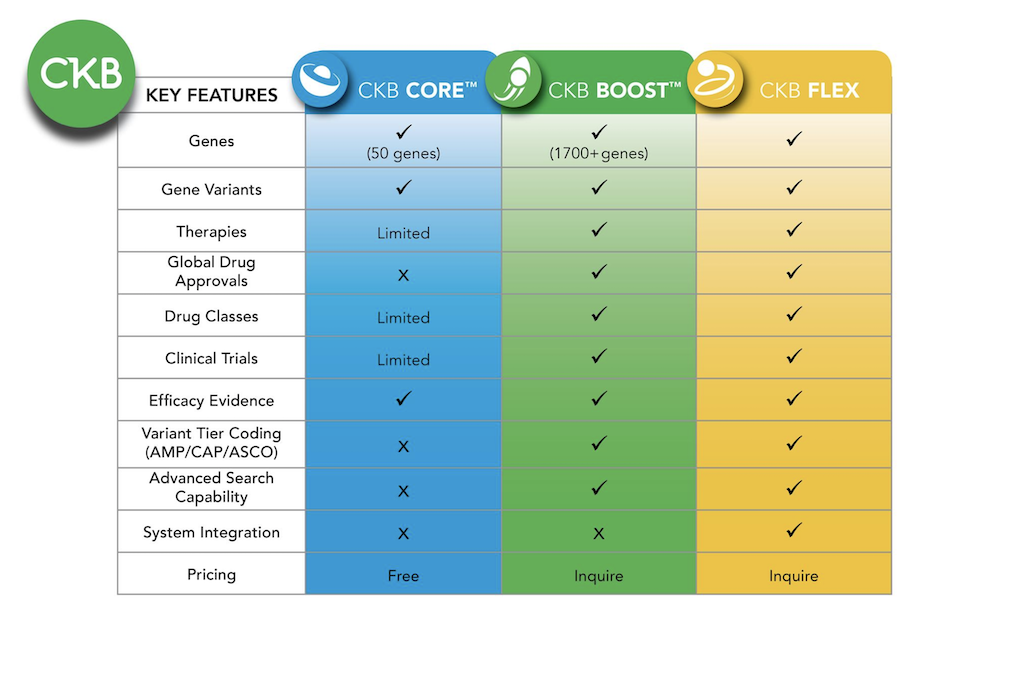Gene Detail
Contact
Missing content? – Request curation!
Request curation for specific Genes, Variants, or PubMed publications.
Have questions, comments, or suggestions? - Let us know!
Email us at : ckbsupport@jax.org
| Gene Symbol | BARD1 | ||||||||||
| Synonyms | |||||||||||
| Gene Description | BARD1, BRCA1 associated RING domain 1, forms a heterodimer with Brca1, which functions as an E3 ubiquitin ligase and mediator of DNA repair through homology-directed repair (HDR) (PMID: 8944023, PMID: 30925164) and centrosome regulation (PMID: 29858377). Germline mutations in BARD1 are associated with increased susceptibility to breast and ovarian cancers (PMID: 21344236), somatic mutations are highest in colon and endometrial cancers (PMID: 27283171) and BARD1 has also been implicated in neuroblastoma (PMID: 32047556). | ||||||||||
|
|||||||||||
Additional content available in  CKB BOOST
CKB BOOST
